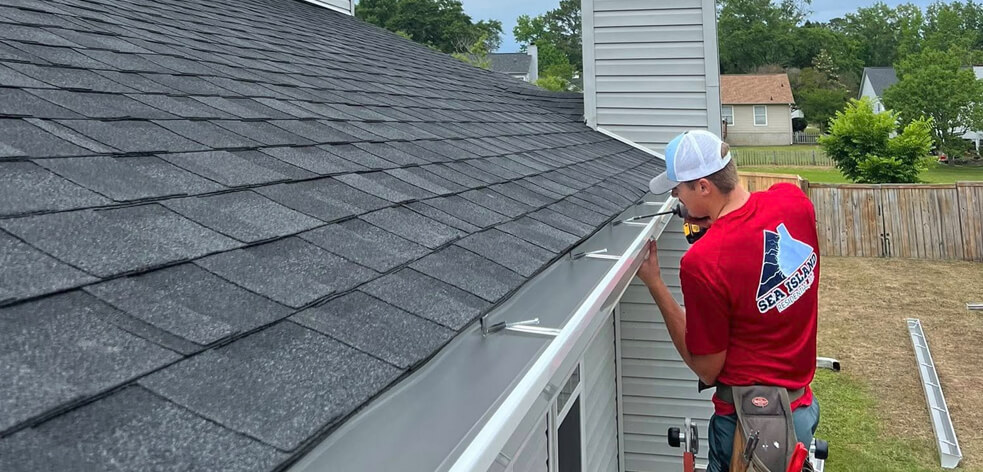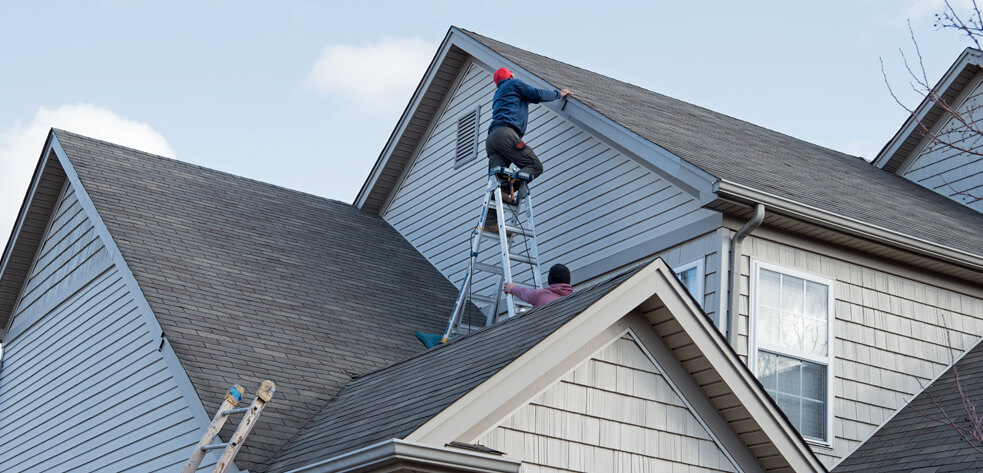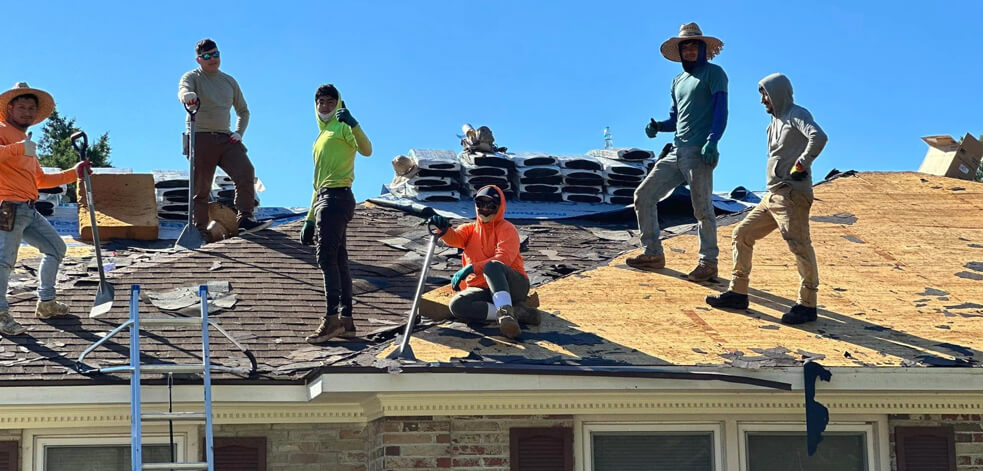If your energy bills are creeping up and your home just never seems to stay at the right temperature, your windows might be to blame. For homes in coastal areas like the Lowcountry, older or poorly installed windows can silently drain your energy and your wallet.
In this blog, we’ll explore how to tell if your windows are causing energy loss and what you can do about it.
1. You Feel Drafts, Even When the Windows Are Closed
If you feel a light breeze or sudden temperature changes near your windows, it’s a red flag. Drafts often come from aging seals, warped frames, or improper installation. These tiny gaps allow conditioned air to escape and outdoor air to sneak in, forcing your HVAC system to work harder year-round.
Quick test: Hold a lit candle or incense stick near the window edges on a windy day. If the smoke moves erratically, you’ve got a leak.
2. You Notice Higher Energy Bills
A sudden or steady rise in your heating and cooling costs may indicate that your windows aren’t insulating as they should. Even if your HVAC system is running efficiently, bad windows let all that effort escape. Energy loss through windows can account for up to 30% of residential heating and cooling use, according to the U.S. Department of Energy.
3. Your Home Has Hot or Cold Spots
Do some rooms feel like saunas in the summer and iceboxes in the winter? Uneven indoor temperatures are a clear sign your windows aren’t doing their job. This often happens with single-pane windows or older windows with worn-out glazing or seals.
4. You See Condensation or Fog Between the Panes
If your double- or triple-pane windows appear foggy or have condensation on the inside of the glass, the seal is likely broken. That means the insulating gas between the panes—typically argon or krypton—has leaked out, leaving your window less effective at keeping outdoor air where it belongs.
5. Outside Noise Seems Louder Than It Used to Be
Modern energy-efficient window options often reduce outdoor noise. If you start noticing increased traffic, barking dogs, or noisy neighbors more than usual, it could be a sign that your window insulation is failing, and along with it, your energy performance.
6. Your Window Frames Show Visible Damage or Warping
Coastal humidity, salt air, and intense sunlight can cause significant damage to window frames over time. If you see rot, warping, or water damage, your windows are likely compromised. Not only can this allow air leakage, but it could also lead to more serious issues, such as mold or wood rot in the surrounding walls.
7. The Windows Are Just Old
If your windows are more than 15–20 years old, they probably don’t meet modern energy efficiency standards. Technology has come a long way; today’s high-efficiency windows offer multiple panes, low-E coatings, improved seals, and better frame materials designed to withstand coastal weather conditions.
What You Can Do About It
If your windows are causing energy loss, it may be time to upgrade. Here’s how Sea Island Residential can help:
- Free Window Inspections: We’ll assess your current windows for drafts, seal integrity, and overall performance.
- Energy-Efficient Replacements: We offer premium, high-performance windows built for South Carolina’s coastal climate.
- Professional Installation: Our expert team ensures airtight window installation, keeping your home comfortable throughout the year.
- Storm-Resistant Options: Protect your investment with new windows designed to withstand the rigors of hurricane season.
Serving Sea Island & Surrounding Coastal Areas
Don’t let old windows drain your energy and inflate your utility bills. Whether you’re in Charleston, Johns Island, or anywhere in between, Sea Island Residential is here to help you upgrade your home with energy-efficient, weather-smart replacement windows.
Ready to Fix Those Leaky Windows? Trust Sea Island Residential for Your Charleston Window Replacement
Contact Sea Island Residential for a free quote today. Your comfort, energy bill, and home’s curb appeal depend on it.







